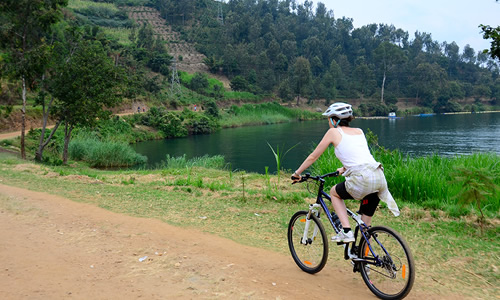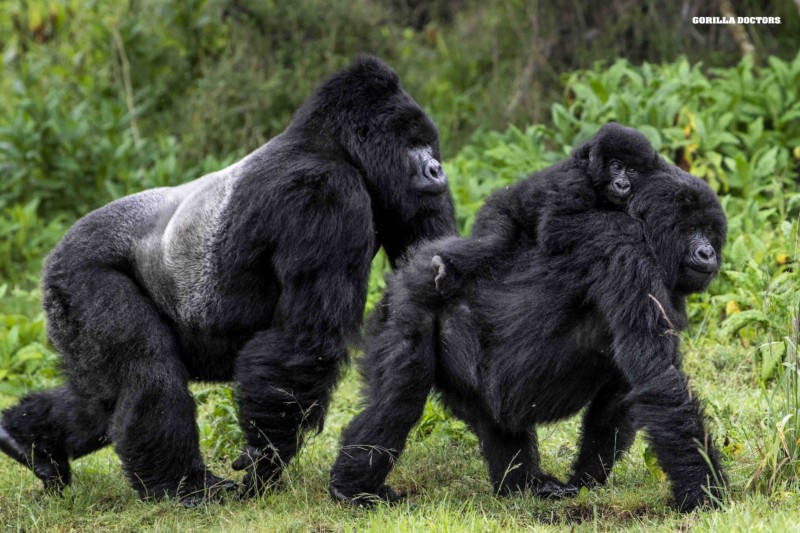How Long Does it take to Climb Mountain Kilimanjaro
How Long Does it take to Climb Mountain Kilimanjaro : Mount Kilimanjaro is the most climbed mountain in Africa and a favorite for most mountain climbers, one of the most frequently asked questions by climbers is how long it takes to climb this majestic mountain – the tallest free standing mountain in Africa.
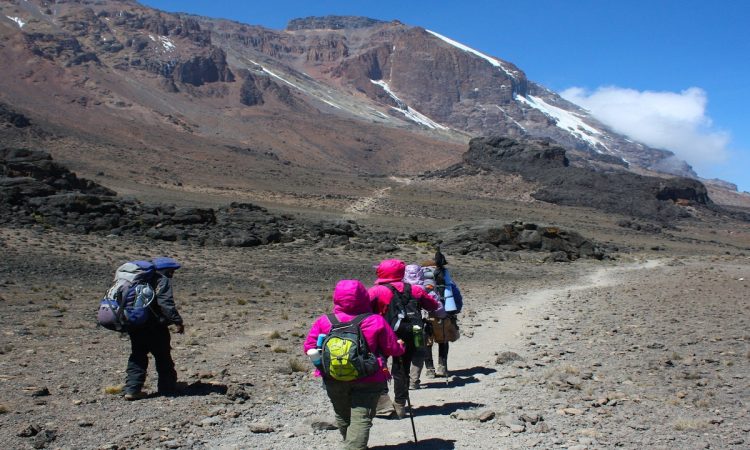
To hike to the summit of Mount Kilimanjaro- Uhuru Peak, it takes between Five to Nine days on the longer route and descend to the Finish point. The more days you spend on the mountain acclimatizing, the better your chances of reaching the top and you will experience less fatigue.
Note:
Trekkers who spend only 5 days have the lowest Summit success rate.
Trekkers who spend 8 or 9 days have a much better chance of summiting.
How Long Does it Take to Climb Kilimanjaro
The time taken to climb Mount Kilimanjaro is influenced by a number of factors.
Mount Kilimanjaro is considered a Walk-up Mountain meaning there is no technical climbing involved, how long it takes to reach the summit is largely dictated by how well you are able to acclimatize to lack of Oxygen at altitude.
Acclimatization
Acclimatizing to the altitude is the main reason why climbers fail to reach the summit of Kilimanjaro, regardless of how badly you want to get to the summit, the main factor to determine the time you will take is acclimatization.
Good news is, going slow and taking your time allows your body to gradually adapt to the lack of oxygen.
The more days you spend on the mountain acclimatizing, the better your chances of reaching the top. Trekkers who spend only 5 days on Mount Kilimanjaro are noted to have the lowest success rate, while those who spend 8 or 9 days have a much better chance of standing the summit which is the tallest point of Africa.
According The Wilderness Medical Society Practice Guidelines for the Preventation of a cute Altitude illness says that controlling the rate of ascent in terms of the number of meters gained each day is a highly effective way to prevent altitude illness.
A slow and steady ascent gives your body time to adjust to the altitude and while physical fitness does not seem to have an effect on how well you acclimatize, you will build in enough time for rest and recovery after the day’s hiking.
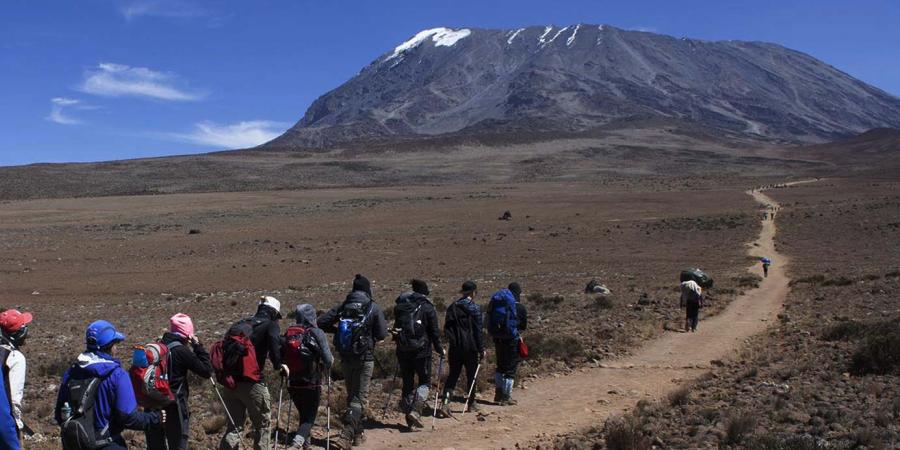
According to date collected in 2006, the success rate achieved by hikers was based on the number of days spent on the mountain as below
- 27% of those who opted for the 5-day trek made it to the summit
- 85% of trekkers who spent 8 days on their climb were successful
Thanks to better guides, improved gears and a better understanding of how to successfully hike the trail. In conclusion, these number give a clear indication of the importance of taking your time on the mountain.
Being very fit does not correlate with increased ability to acclimatize, being physically fit will make the trekking easier, reduce fatigue and stress but it won’t help you acclimatize.
According to Dr. Hackett from the Institute for Altitude Medicine “fitness will give you no protection from altitude sickness, sometimes many young physically fit people will push through the discomfort, ignoring important symptoms.”
How long does it take to climb Mount Kilimanjaro on each route?
Mount Kilimanjaro has a total of 6 different routes that one can use to climb, Marangu or the Umbwe Route offer the shortest possible way to the summit and they can be completed in 5 days (these routes are not recommended for most hikers).
The longer treks are Lemosho, Machame, Rongai or Northern Circuit route taking 6 – 10 days.
The main reason to why it is recommended to use a longer route is that it gives your body time to acclimatize to the altitude but there are other considerations as well. Unless you are very fit covering the same amount of ground in a shorter time frame can increase your chance of fatigue and injury and compromise your enjoyment of the environment during the climb.
How long to walk Kilimanjaro
For trekkers with a flexible schedule are recommended to consider a longer route or build – in one or two acclimatization days and have an easier time reaching summit.
Below is the list of route of Mount Kilimanjaro and the length of time taken on each route.
| Route | Number of Days | Route Length |
| Marangu Route | 5 | 64 kilometres (40 mi) |
| Umbwe Route | 6 | 37 kilometres (23 mi) |
| Rongai Route | 6 or 7 | 65 kilometres (23 mi) |
| Machame Route | 6 or 7 | 49 kilometres (30 mi) |
| Lemosho Route | 7,8 or 9 | 66 kilometres (35 mi) |
| Northern Circuit
|
8 or 9 | 66 kilometres (35 mi) |
- You can climb Mount Kilimanjaro in 5 or 6 days but is it worth the risk?
Most clients prefer using shorter routes to climb Mount Kilimanjaro for several reasons and these including cost saving, lack of enough time on their vacation and not wanting to hike for so many days.
In conclusion, when climbing Mount Kilimanjaro a longer, steadier climb is recommended as it is safer and increases the summit rate for the client dramatically.
Additionally, giving yourself time to climb the unique mount environment with adequate rest and recovery will make experience more enjoyable.
When is it a good idea to opt for a shorter Kilimanjaro climb?
If you have recently climb a high altitude that is climbing Mount Meru or Mount Kenya successfully, you will have an element of pre-acclimatization and can get away with a short route.
If you are a very experienced climber, you have been to extreme altitudes before more than 18,000 ft. and are confident of your ability to acclimatize. Still it is an undeniable fact that longer routes increase summit success rate.
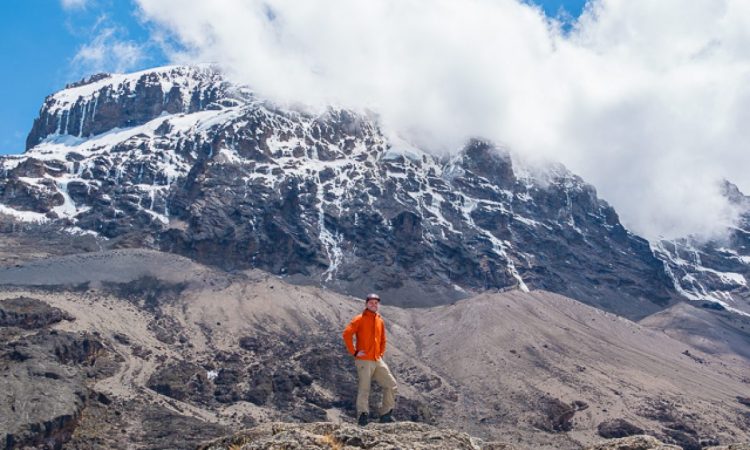
How long Does it take to descend Kilimanjaro?
It takes approximately 2 days to descend Mount Kilimanjaro from the Uhuru Peak Summit to the finish point, the descent can take up to 5 hours to reach to camp for overnight and the follow day 4 hours to 6 hours depending on the route and trekkers experience.

